By Adam R Jacobson
This is a tale of two Bar Mitzvahs.
Say what? Isn’t this a report about Hispanic marketing and advertising trends and insight?
Indeed, it is.
But, it is also a tale of multicultural America, and how marketers may wish to think about their target consumer and how they allocate their precious media dollars.
To download Hispanic Market Overview 2019, please click here:
http://reports.hispanicad.com/reports/HMO-2019/mobile/index.html
We start in White Plains, New York, the hub of Westchester County, some 45 minutes to the northeast of Midtown Manhattan. In mid-May, a bar mitzvah was held. This involved all of the traditional pomp and circumstance, and the chair-raising of a young 13-year-old boy who, for the first time, has been called to read the Torah during a Saturday morning sabbath service.
At the celebratory party, the Hava Nagila and Hora – traditional Jewish dances for those with Ashkenazi lineage – were sung and danced.
Then, the guests were asked to do the Tarantella, a folk dance that is among the most recognized forms of traditional music from Southern Italy and Sicily.
For this occasion, it made sense: the boy’s mom, after all, was Italian. The boy’s father had roots in Poland and Lithuania, if you went back far enough.
Two weeks later, a bar mitzvah was held at a catering hall adjacent to a hotel in the SanTan Village area of Gilbert, Ariz., one of America’s fastest-growing cities. At a pre-party for out-of-town friends and family held at bowling and family gaming center Main Event, most of the televisions were tuned to TNT’s telecast of the final game of the Eastern Conference Finals. Three were not. They were tuned to Azteca América, the Spanish-language broadcast TV network owned by Philip Falcone’s HC2 Holdings.
There was no volume, only visuals. But they blended in with the TNT programming naturally – even as no Spanish was heard in conversation.
Similarly, no one at that New York bar mitzvah was speaking Italian. The only Hebrew uttered was during the actual sabbath service.
In between these bar mitzvahs was a business trip to New Orleans, a city famed for its beignets, strong alcohol, and heavy Cajun cuisine. On this trip, pho and poke bowls dominated the meal choices, thanks to a surge of Asian immigration to the city, in particular those who are Thai and Vietnamese. In one Lyft ride, “97.9 La Calle” was playing upon entering the vehicle.
The station, which uses an FM translator covering the New Orleans metro, is the local home of the Premiere Networks-syndicated morning show hosted by Miami-based bilingual delivery master Enrique Santos. From 3pm-6pm, local host “Nasty” has built a strong following. La Calle is also the Spanish-language home of the most popular pro team in these parts, the New Orleans Saints.
For the duration of this Lyft ride, conversation was conducted entirely in English. Why? The driver was a second-generation Latino, born in the U.S. but fully connected to her Latino culture.
Our chat meandered to a discussion of New Orleans versus New York, and sharing some of the experiences seen at the 2019-2020 Upfront Presentations staged by NBCUniversal and Univision. Both were vastly different for marketers. The NBCUniversal event, held on a dreary, cold, rainy day in New York’s Radio City Music Hall, was largely impersonal and featured approximately 15-20 minutes on Telemundo. This segment put Luis Fonsi, arguably the Latin music world’s most popular global star at the moment, on stage to see cover versions of songs Gringo Ad Execs would know – before Despacito.
There was also Kate del Castillo, the woman who helms the highly successful 10pm “superseries” La Reina del Sur.
Then NBCUniversal shifted back to its array of English-language offerings for all to consider.
The following morning, Univision went above and beyond with a second of two fully immersive, interactive Upfront shows that – like the final Discovery en Español Upfront held some five years ago — allowed attendees to “feel” all of the programs that will hopefully define Univision for viewers over the next 12 months.
Most of the conversation was conducted in English.
All of these experiences were had during the month of May, a month that saw wedding planning start to come to fruition at home, and at the two bar mitzvahs, hosted by future extended family. The fiancé involved began making references to a largely mediocre film from 2014 featuring Drew Barrymore, Adam Sandler and Terry Crews, “Blended.”
The basic plot is silly: the characters played by Barrymore and Sandler had one bad, horrible, just downright awful blind date and vowed never to see each other again. Flash-forward, and they now have respective families, on safari, that find themselves coming together in unexpectedly romantic ways.
Terry Crews’ character, in one of the few memorable scenes, sings a song while flexing his pecks. The lyrics are:
Look they are blending
Hearts are mending
Sight are mending
Good time spending with love
Kids are friending
Very friending
That’s exactly what is happening to multicultural consumers across America. And, importantly, it is not multicultural communities that are blending.
This is particularly important for understanding where the Hispanic consumer, and Hispanic community, sit in 2019. In the 10 years that Hispanic Market Overview has published an annual report, vast changes have been seen with respect to content delivery, marketing choices, “total market” practices, language preferences, and the ad shops delivering creative to this very vibrant, tastemaker constituency that continues to grow – despite all of the noise from the White House and political activism that seeks to discount and trash some of the economic positives seen from a change in command in the presidency and in the U.S. Senate.
This report features interviews with some of the most familiar names in Hispanic marketing – veterans who have seen the ups and downs, and twists and turns of U.S. Hispanic marketing and advertising.
We’ve asked them some tough questions. We’ve discussed things perhaps your team is too timid to bring to the forefront of discussion. We hear from individuals who have become weathered veterans of an industry that is far different from where it was in 2009, or in 2006.
There’s politics, too – and the 2020 presidential election is certainly a part of our conversations with the Hispanic marketing and advertising leaders.
We even sit in on a presentation delivered in early June at the Palm Beach Multicultural Summit by Terry Soto, on The $3.5 Trillion Advantage.
Palm Beach County is home. It’s also the perfect place for understanding how blending is the new American mainstream. As Soto notes, 40% of the county’s population is Hispanic and African American. The 2020 Census will reveal a 50% multicultural population increase.
In one particular community, a 55+ condominium association voted in 2014 to open itself up to all ages of owners. Today, as older generations pass on, younger residents are renovating units and moving in month after month. All are Hispanic or Brazilian, and at least one fan of Turkish pop music is on the second floor. When we chat in the mail room or on the way to the car, we’re speaking English.
What’s old is new again: We’re blending. But, each multicultural group remains strong and a source of pride. Combine, and blend, all of these groups together, and you have a strong nation.
This is the United States of 2019. Will it be the USA of 2029?
Count on it, marketers. It’s why ad-dollar allocation to Hispanic media is essential and integral to a marketing mix that reaches all Americans. It’s a Cultural play (which Culture Marketing Council Executive Director Horacio Gavilan explains in this report).
On a cool Sunday morning before a massive rain storm, a walk along the Mississippi River toward the steamboat Natchez was had. A large monument stood out. It was the “Monument to the Immigrant.”
We are a nation of immigrants. Just look around New Orleans, and Palm Beach County, and even the metropolitan areas of Phoenix and New York.
We’re blending. Now, let’s blend the marketing mix to make it impactful and reflective of the nation we live in today, and for evermore.
HMO
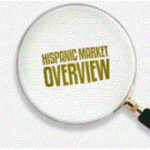 To download Hispanic Market Overview 2019, please click here:
To download Hispanic Market Overview 2019, please click here:
http://reports.hispanicad.com/reports/HMO-2019/mobile/index.html



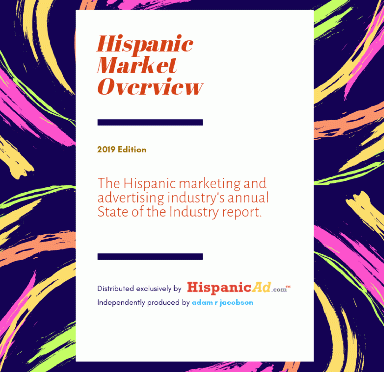
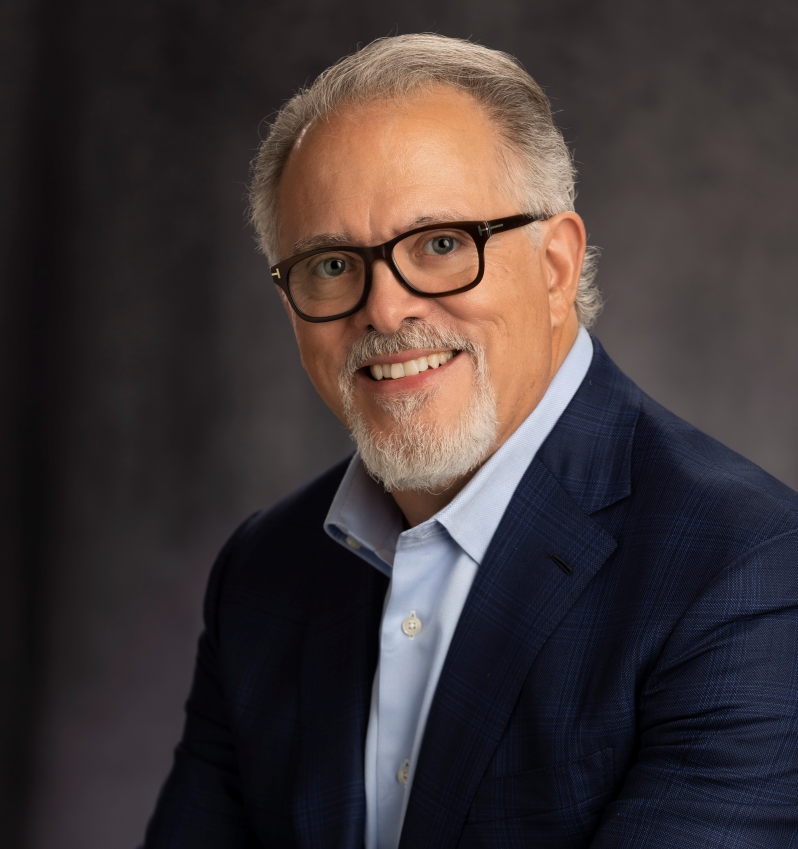
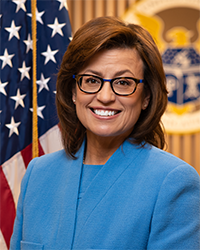
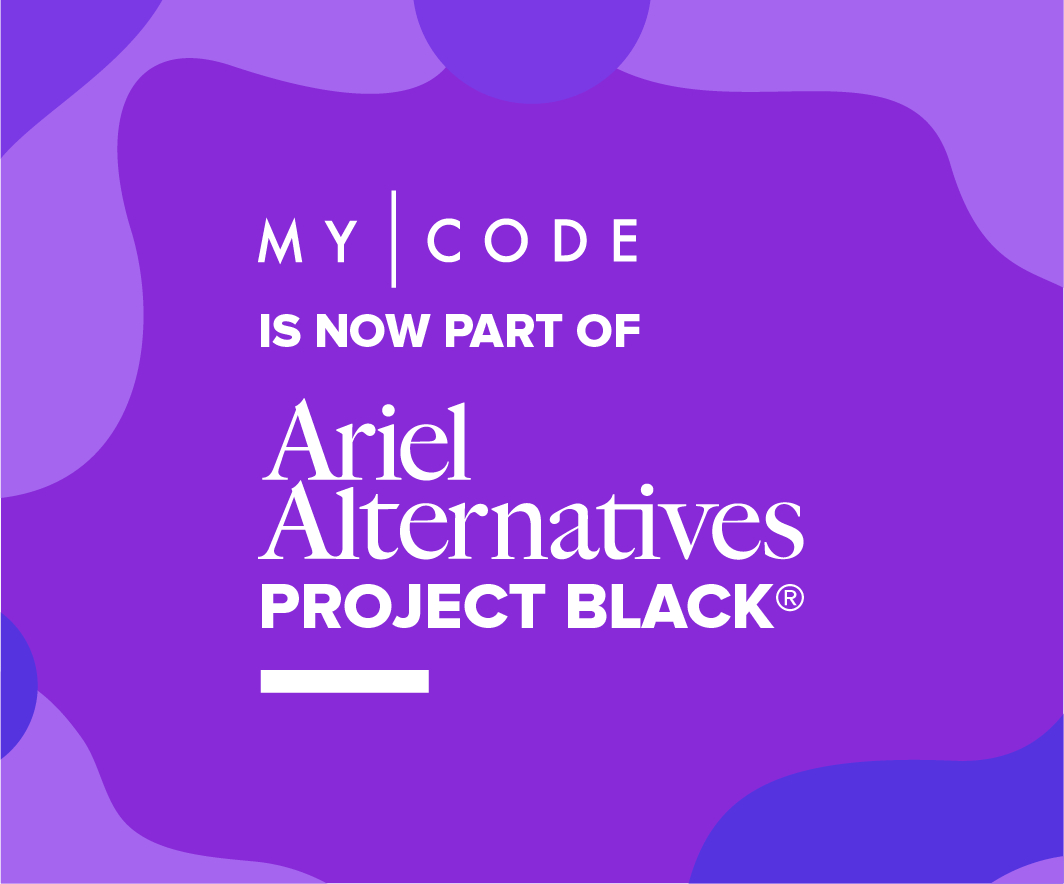
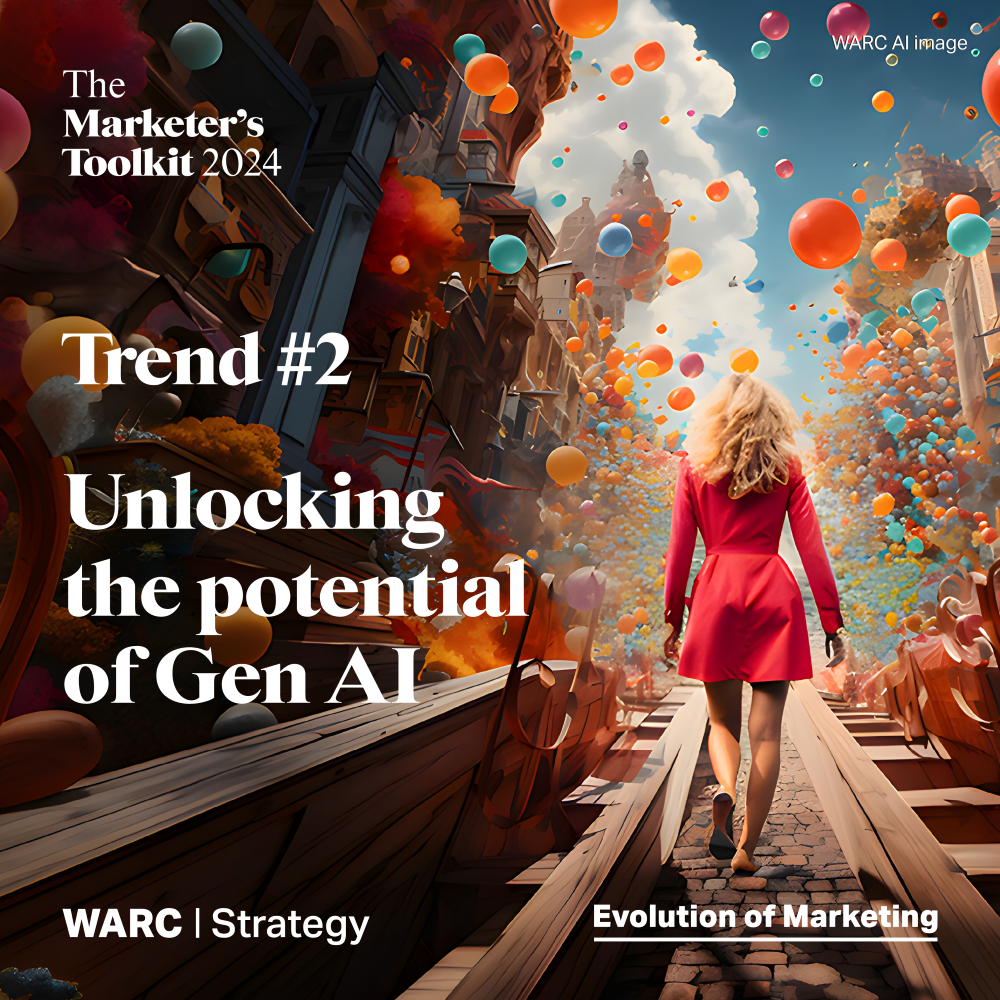
Recent Comments